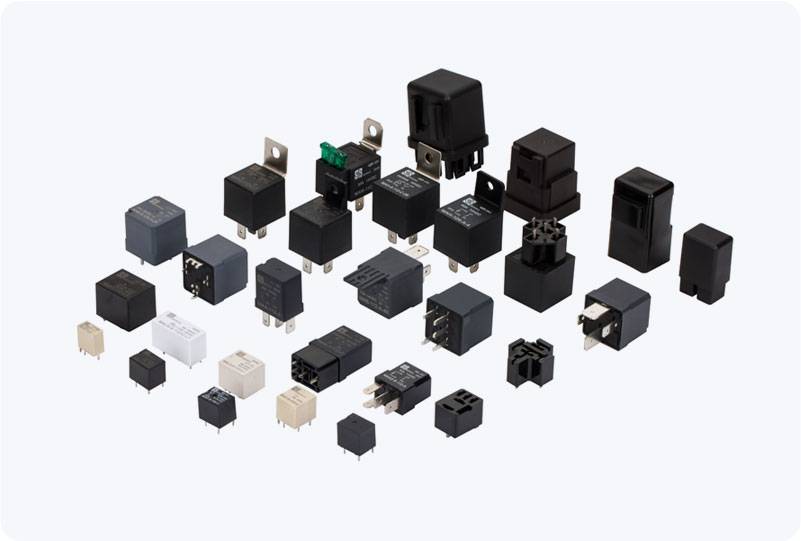Water valves are essential components in modern plumbing systems, serving a crucial role in controlling the flow of water across various applications. From domestic water supply to industrial processes, water valves provide the necessary functionality to ensure efficient and safe water distribution. These devices are designed to regulate, stop, or direct the flow of water, and they come in a variety of types, each suited to specific needs. Understanding the different types and functions of water valves can help users make informed decisions about their installation and use.

A water valve is typically a mechanical device that uses a movable element to control the flow of water through a pipe. These valves are usually composed of a body, a seat, a closure element (like a disc or ball), and a handle or actuator to operate them. The movable element either opens, closes, or partially opens the valve, allowing or stopping the flow of water. This function is crucial in maintaining water pressure, conserving water, preventing backflow, and ensuring safe and efficient water distribution in both residential and industrial applications. Types of Water Valves Ball Valve